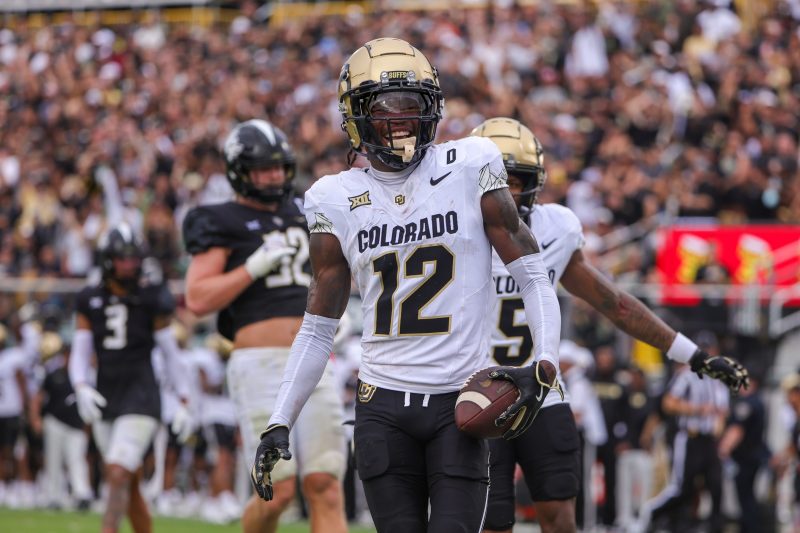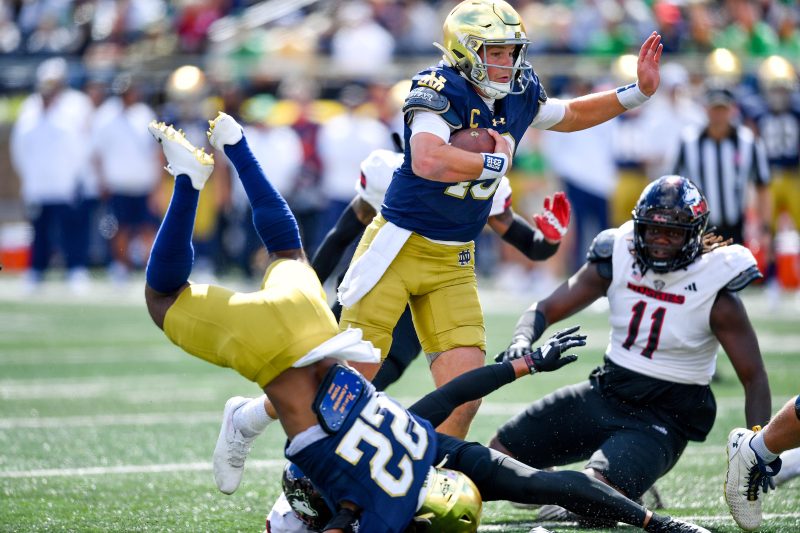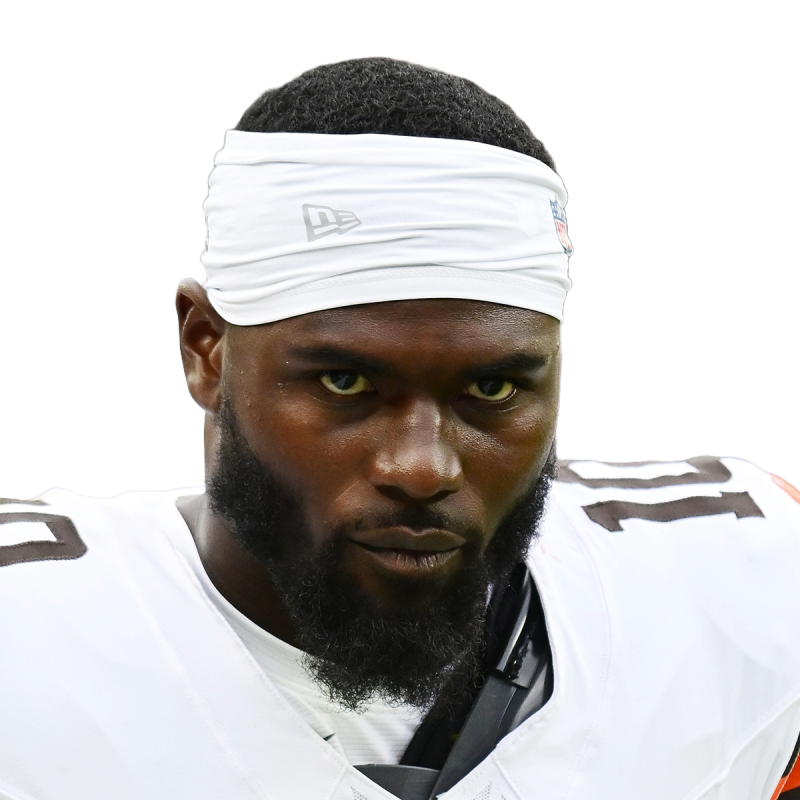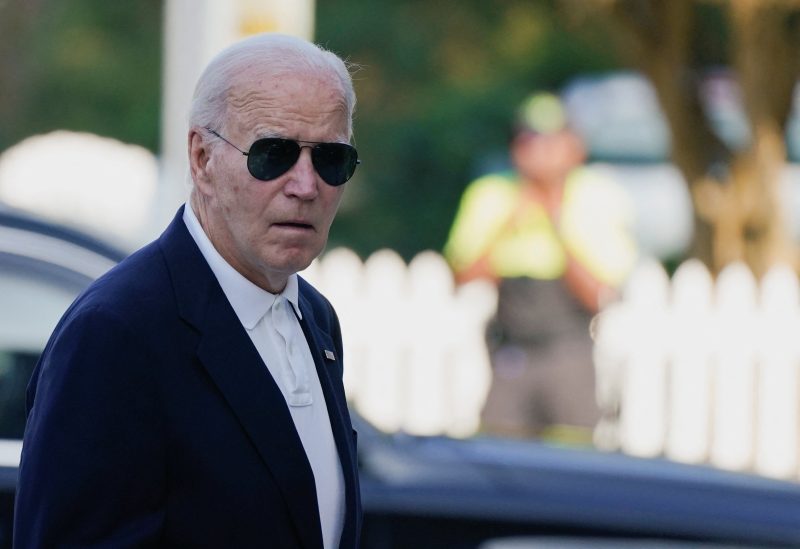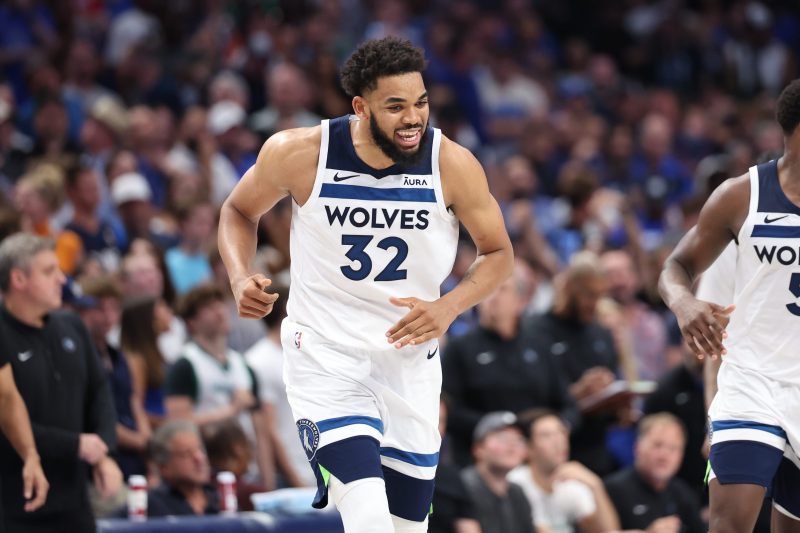Opinion: Learning mental health distress signs may help young athletes
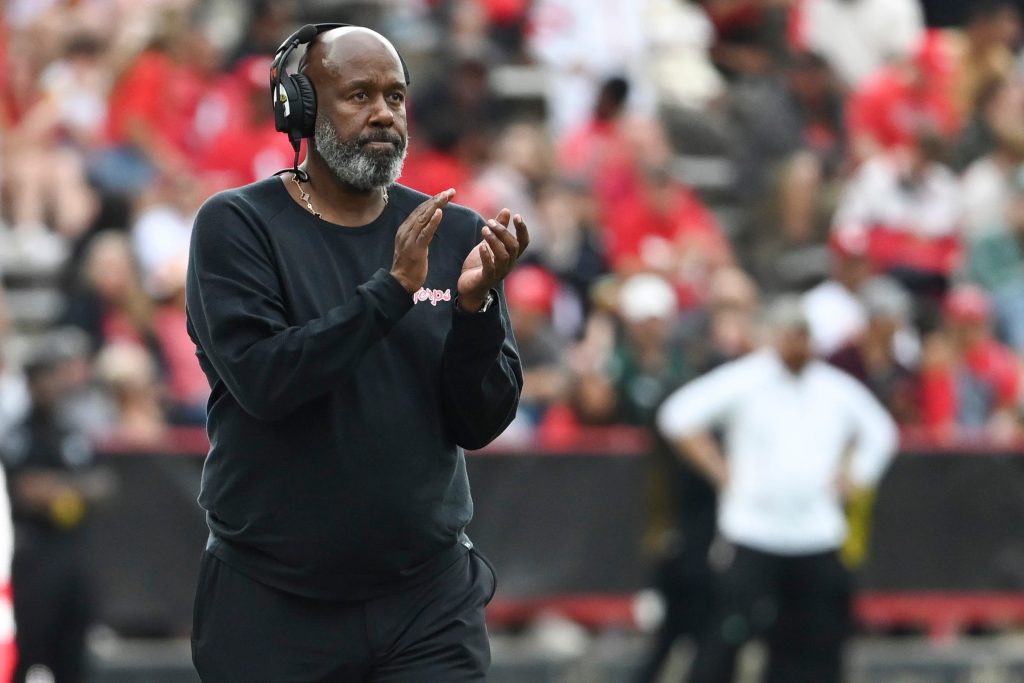
Mike Locksley knows the look by heart. It’s the one on an athlete’s face that tells you something is wrong.
It’s the one, he says, where you can see a person’s soul.
The three-decade college football coach has seen it on his players, and he saw it on his child.
“I didn’t understand it until it affected me,” says Locksley, Maryland’s head football coach. “I had no idea what they were going through.”
On Sept. 3, 2017, while Locksley was working as an Alabama assistant coach in a season-opening game in Atlanta, his son, Meiko was shot and killed outside a townhouse in Columbia, Maryland. The case remains mostly unsolved.
In the years leading up to his death, Meiko, a 25-year-old former Division I football player, had been diagnosed with schizoaffective disorder. He struggled, his parents say, with distinguishing myth from reality. Locksley and his wife, Kia, believe Meiko’s decline in mental health may have been a factor in his murder.
“The tragedy of losing my son, it opened my eyes,” Locksley says. “My son is struggling with these same looks I’ve seen before, and I didn’t recognize them. It hurts me a little bit because now, thinking back to the first 20 years of my profession, I had no idea what mental health meant, what it was about. We joke openly about, ‘Oh somebody’s crazy.’ I think you don’t get the same empathy.”
Locksley spoke with USA TODAY Sports at the Project Play Summit last spring in Baltimore, where he participated on a panel about health equity in youth sports. He talked openly about his transformation from a self-labeled “old school” football coach to one who understands players’ psychological struggles.
“You don’t have to be a tough guy if you went through some depression or you’re going through anxiety,” he says.
One in every four to five adolescents and adults can meet the criteria for a mental health concern every year in the United States, Timothy Neal, director of the athletic training program at Concordia University Ann Arbor in Michigan, said in a presentation this past summer. He was speaking at a National Athletic Trainers’ Association (NATA) media briefing that addressed mental health challenges Olympic athletes face.
“Many athletic trainers at the Olympic level, the collegiate level, the secondary school level will tell you many of those worst moments for athletes are psychological in nature,” he said.
As we enter the grind of the fall sports season, you might see that look, too. Here is how parents and coaches can notice and understand signs of emotional distress in young athletes and, as Locksley says, “create a safe environment where mental health is real.”
Mental health issues are normal at all ages and levels. The stigma associated with them prevents us from treating them.
Neal has chaired writing groups of two of the NATA’s consensus statements on secondary school and collegiate athletes and psychological concerns.
As a licensed social worker who has had psychotherapy sessions with athletes, he has found the higher your athletic identity, the less likely you are to seek psychological help. Think of Locksley’s old tough-guy approach.
“As a football coach, to be talking about mental health and not being in a good space, that wasn’t a typical conversation in a football locker room,” he says.
When the 54-year-old coach was growing up in Southeast Washington, D.C., he said nobody talked about mental health.
“It was your aunt had a mental breakdown or your aunt is not feeling well,” he said as part of the panel at Project Play. “Well, what does that mean? So we embrace it. We make it easy to come in and talk about it. We teach blocking, tackling, running, catching, throwing. Well, how can we teach the mental development of these young players?”
The topic has always seemed to have a stigma attached to it in all sports. Simone Biles’ case of “the twisties” that forced her to re-examine her mental health brought it attention. The NATA briefing revealed there are other Olympians dealing with similar issues.
“Inside I’m jumping for joy, because this is such an important topic for us,” said Clayton Young, an American Olympic marathoner who competed in Paris this summer. “There’s so much focus on our performance, but our mental health is just as important.”
Emma Coburn, a three-time American Olympian in steeplechase and a bronze medal winner in 2016 in Rio, talked about breaking her ankle this past spring and the strain of being unable to compete in this year’s trials.
“Coming off of an injury last year where I had finally kind of built my body back up, and not having a chance to show that was really kind of the emotionally more challenging part than missing Paris, in a way,” she said.
Olympians have performance anxiety just like young athletes. Locksley spoke of it with his players, as did Juliet Barnes, head athletic trainer for the U.S. women’s soccer team that won gold in Paris. Barnes supports them by referring them to a mental health provider or to apps such as Calm or Headspace that can take them through meditation or breathing exercises.
Sometimes, the strategy is simply an athlete visualizing herself performing well or making a certain movement that was previously inhibited by an injury.
“My wife’s a yogi,” Locksley says. “Meditation, sound baths, she’s into all of that. I used to be like, ‘That’s not for football.’ But no, it’s even more because it’s more mental than physical.”
Know the triggers for mental health issues and your association with them
As parents and coaches, we need to try and understand what our athletes are going through, but also the place from where they arrive.
Locksley, who played basketball and football at Towson State (now Towson University), was the first member of his family to graduate from college.
“These kids that come from the neighborhoods that I come from, the pressure they have on them to be successful in the sport that I’m coaching creates a tremendous amount of mental anxiety, pressure,” Locksley says. “A lot of them already have enough on their plate where they’re (from) single-parent homes, they’re breadwinners in their family. They have this enormous luggage that they’ve never unpacked of trauma, tragedy, things that have taken place that, when they come to college, for some of them like me, it was the first time in a setting with people of a different race.
“I grew up in a predominantly Black educational system and the first time I went and sat in a classroom with a white person was in college and so that in itself created anxiety.”
Locksley took the reins as Maryland’s full-time head coach in 2019. He inherited a group of players who had lost teammate Jordan McNair, who died of heatstroke in 2018, a harrowing episode in which McNair collapsed on the field during a workout. It happened less than a year after Locksley’s son died.
“It was almost like two worlds colliding to heal together,” he said.
At the time, Maryland had one mental health professional who worked with 120 players on the team. Locksley approached team physician Yvette Rooks about adding more. There are now five full-time mental health professionals players can consult, and the officials attend practice.
On Thursdays, Locksley says he brings everyone from campus life who associates with his team — coaches, teachers, mental health professionals, nutritionists, athletic trainers — for what he calls a State of the Union of each player in the program.
“That way,” he says, “if a kid’s struggling academically, our player development people may say, ‘Hey, you know, his cousin got shot two days ago, and he’s been struggling with it.’ We have everybody communicating about each individual player to make sure that as the village that’s raising him, we’re all on the same page.”
After Meiko Locksley’s death, The New York Times reported that he had CTE, or chronic traumatic encephalopathy, brought on by head trauma.
But while Mike Locksley has said the diagnosis has made him think twice about the amount of contact his team has in practice, he has been careful to differentiate between CTE and mental health. Concussions are a trigger that could raise psychological concerns for young athletes, but there are many others.
If you’re a parent of a young athlete, you know that silent intensity that can surround a youth sports event. Kids are compressed to smaller courts or fields, magnifying the pressure. Often, it’s the quiet of the parent waiting to explode with joy or anger that creates the pressure.
Imagine how a kid feels who’s going through all of this, especially if other things are bothering him or her.
They may not be playing well (and you have told them about it), or are having a conflict with a coach or teammate. Your son or daughter could be getting bullied or hazed. Some other triggering events, according to the NATA, are getting cut from a team, grades and overall concern about school, parent expectations and burnout on a sport.
It may be bottled up inside.
COACH STEVE: 70% of kids drop out of youth sports by 13. Why?
Watch your kids’ behavior closely for signs of a mental health disturbance.
“All of a sudden the kid’s standoffish that’s usually happy-go-lucky,” Locksley says. “We do room checks where I send my player development staff to check the dorms to go see them in their place. And all of a sudden, a kid’s room is a mess. A good player, now all of a sudden, he’s struggling.
‘We’re teachers. And I think as teachers, kids are gonna to fail, they’re gonna make mistakes, and we’ve got to teach the lesson of the mistake or the lesson of the failure to be able to help them the next time around.”
Coming Sunday, Part II: How his son’s death taught Maryland’s football coach to change his approach
Steve Borelli, aka Coach Steve, has been an editor and writer with USA TODAY since 1999. He spent 10 years coaching his two sons’ baseball and basketball teams. He and his wife, Colleen, are now sports parents for two high schoolers. His column is posted weekly. For his past columns, click here.
